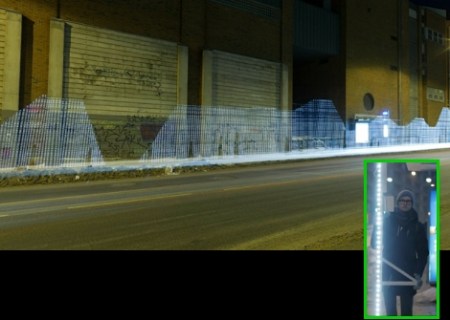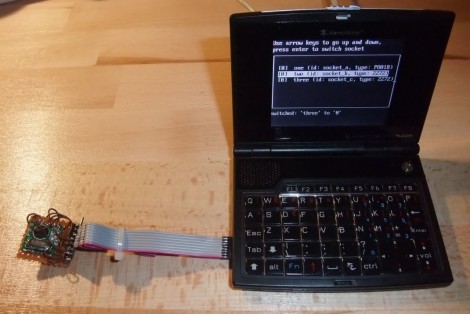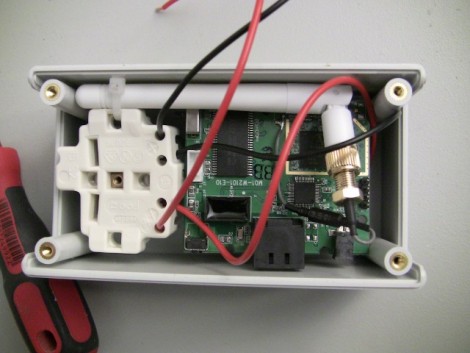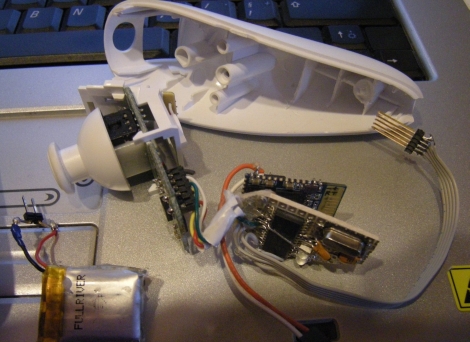
Here’s an artsy way to map out WiFi networks around you; use a big light pole and long exposures to graph them on top of photographs. This capture method is often called light painting, and uses the relative brightness of LEDs to stretch out a still image – moving the stick quickly while the shutter is open.
The four-meter tall rod used in this project plays host to 80 white LEDs. An Arduino along with a WiFi shield detect the relative signal strength of the network surrounding the device. The images that are produced with this method are quite pleasing and you’ll enjoy watching the video after the break. We just wish that there was some kind of Google Street View interface to share this data since someone had to go out pounding the pavement with the rather peculiar looking apparatus in order to gather the data in the first place.
Continue reading “How To Find WiFi: Carry A Big Stick And Use Long Exposures”
















